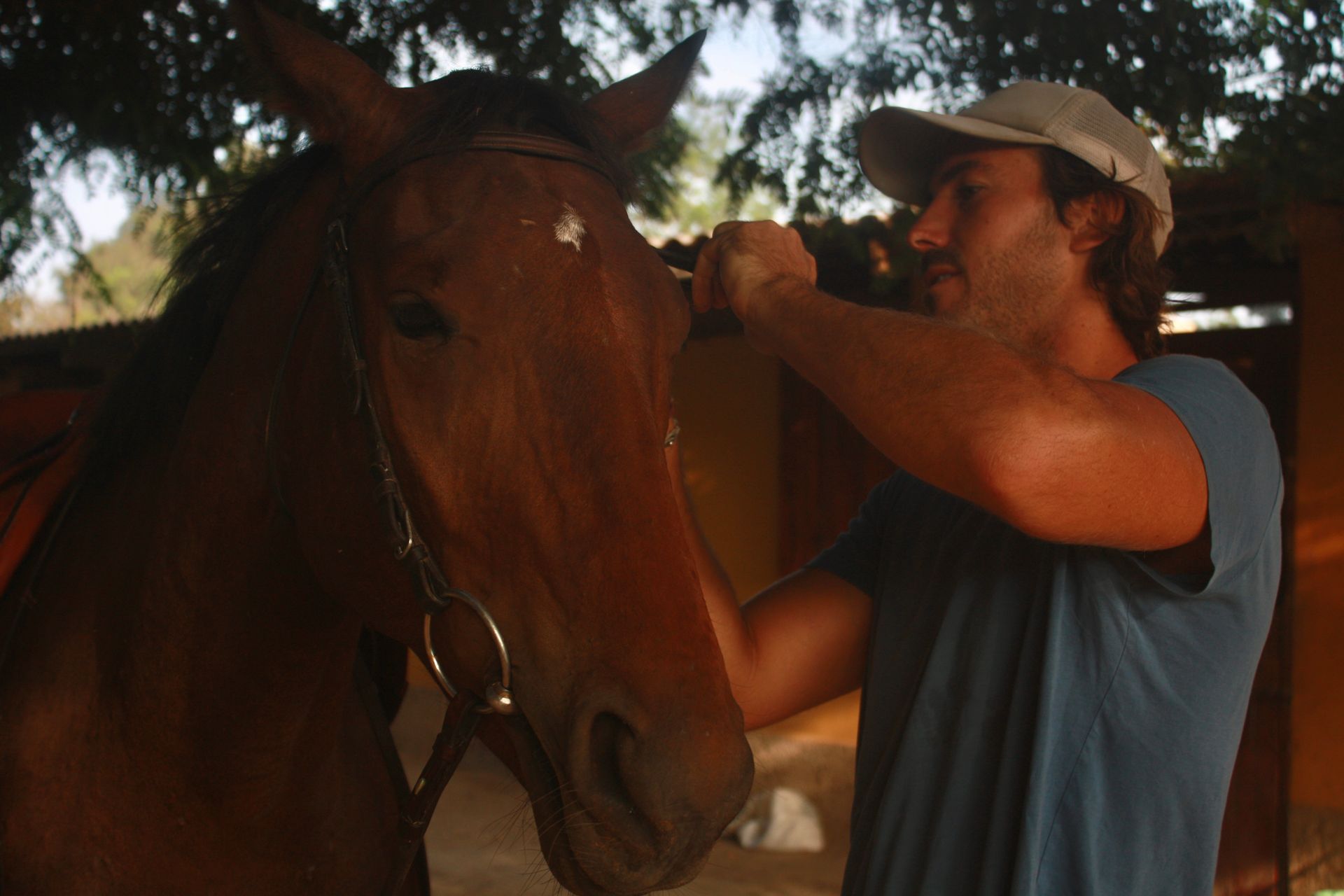Natural Horsemanship: Galloping Towards Leadership Excellence
How some of the top leaders are learning it from horses
Natural horsemanship, a practice that emphasizes a harmonious, respectful relationship between horses and humans, offers profound insights into effective leadership and team management. By understanding and applying the principles of natural horsemanship, leaders can enhance their ability to guide, inspire, and nurture their teams.
Understanding Horse Behavior: A Mirror to Human Dynamics
At its core, natural horsemanship teaches us about communication, trust, and respect – key elements in any successful team. Horses, like people, respond to clear, consistent leadership. They seek direction and assurance, much like team members look to their leaders for guidance and support. The subtle body language of a horse can be reflective of team dynamics. Leaders who learn to read and respond to these cues can better address the needs and concerns of their team.
Case Studies: Leadership Lessons from the Stable
Consider the case of a Fortune 500 company that implemented a leadership program based on natural horsemanship. Post-program surveys showed a 30% increase in team cohesion and a 25% improvement in communication skills among participants. Similarly, a study by the Equine Assisted Growth and Learning Association revealed that equine-assisted activities boosted leadership skills by 40%.
The Power of Non-Verbal Communication
Natural horsemanship relies heavily on non-verbal communication – a crucial skill in the corporate world. Leaders who master this can effectively guide their teams without over-reliance on verbal instructions, much like a skilled rider directs a horse with minimal cues.

Famous Endorsements
Influential figures like Oprah Winfrey and Google’s former CEO, Eric Schmidt, have publicly endorsed equine-assisted leadership programs. Their experiences highlight the universal applicability of these lessons across different industries.
Testimonials: From the Horse’s Mouth
Testimonials from participants of natural horsemanship programs often speak volumes. "The experience transformed my approach to leadership," says a senior manager from a leading tech company. "Understanding horse behavior helped me recognize the unspoken needs of my team."
The Data Speaks
Research supports the efficacy of these programs. A study published in the Journal of Leadership Education found that participants exhibited significant improvements in emotional intelligence and leadership competencies after engaging in equine-assisted activities.
In conclusion, natural horsemanship offers more than just insights into horse behavior; it provides a unique perspective on human dynamics, essential for effective leadership and team management. By embracing these lessons, leaders can gallop towards a future of enhanced team performance, better communication, and a deeper understanding of the art of leadership.

